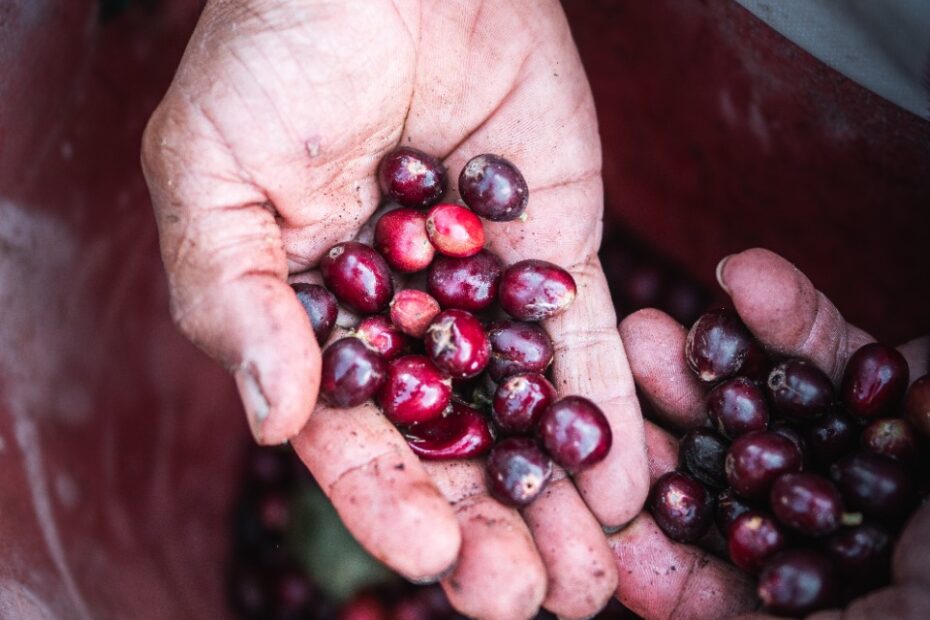The coffee futures market waits for no one. Roasters are still reeling from the price hikes of the past two years. Meanwhile, the “C” price has just shattered the 415 US cent ($4.15 per pound) barrier. This is no longer speculation. Instead, it’s an unprecedented market reality that forces every roaster to rethink their strategy.
The question is not if this will hurt, but why it’s happening now. Furthermore, what is the impact on the physical coffee you need to buy? From our position here in Pereira, Colombia, we are watching a perfect storm form. Three powerful fronts are converging.
1. Geopolitics: The Threat of Tariffs on Brazil
The elephant in the room is geopolitical uncertainty. The threat of new, significant US import tariffs on Brazilian goods, including coffee, hangs over the market. This is like a dark cloud. Brazil is the world’s largest producer, so any disruption there has a disproportionate effect. This could be due to tariffs or logistics. The market hates uncertainty. Therefore, this threat alone is triggering panic buying and extreme volatility.
2. Climate: The Colombian Harvest Crisis (Our Report from Origin)
Turmoil surrounding the world’s #1 producer is concerning. However, the second alarm bell comes from the world’s #2 Arabica producer: Colombia.
I am writing this from Pereira. Here, the cosecha principal (main harvest) is already finishing. This is weeks before it was even supposed to properly begin. A sudden, intense drought forced the plants into survival mode. Consequently, they accelerated the ripening of all their fruit at once.
This creates a disastrous dichotomy:
- High Defect Risk: The drought led to an explosion of broca (coffee borer beetle). Additionally, there are vast amounts of unevenly ripened cherries. A large volume of defective coffee will hit the market.
- Perfect Quality (but Scarce): Simultaneously, the few well-managed lots that survived this stress were dried perfectly. These have the potential to be exceptionally sweet.
The “good middle-ground” coffee is the backbone of many roasteries. Unfortunately, its volume is far smaller in Colombia this year.
3. The Conclusion: A Market with No Brakes
The situation is simple. The supply from the world’s two largest Arabica producers is under extreme pressure at the same time.
Brazil is threatened by geopolitical instability. Meanwhile, Colombia is being hit by a climate crisis. This crisis is decimating the harvest and polarizing quality. There is no “backup” supply. Therefore, every setback, weather report, or political tweet sends the price higher. The $4.15 mark is a direct result of this dual crisis.
What This Means for You as a Roaster
The scramble is on. The fight is no longer just about price. Instead, it’s about the availability of good, defect-free coffee at all. Roasters who wait for their usual buying time in 2026 will face empty warehouses. Alternatively, they’ll see astronomical prices for the last remaining lots.
On the ground here in Colombia, our role has never been clearer. The market is flooded with defects. Because of this, our daily job at the cupping table is essential. Filtering out broca damage and drought stress is no longer a luxury. Rather, it is an essential act of risk management.
The message to our partners is clear. The window to secure quality coffee for next year isn’t in a few months. It is now.
Building bridges, sharing coffee.
